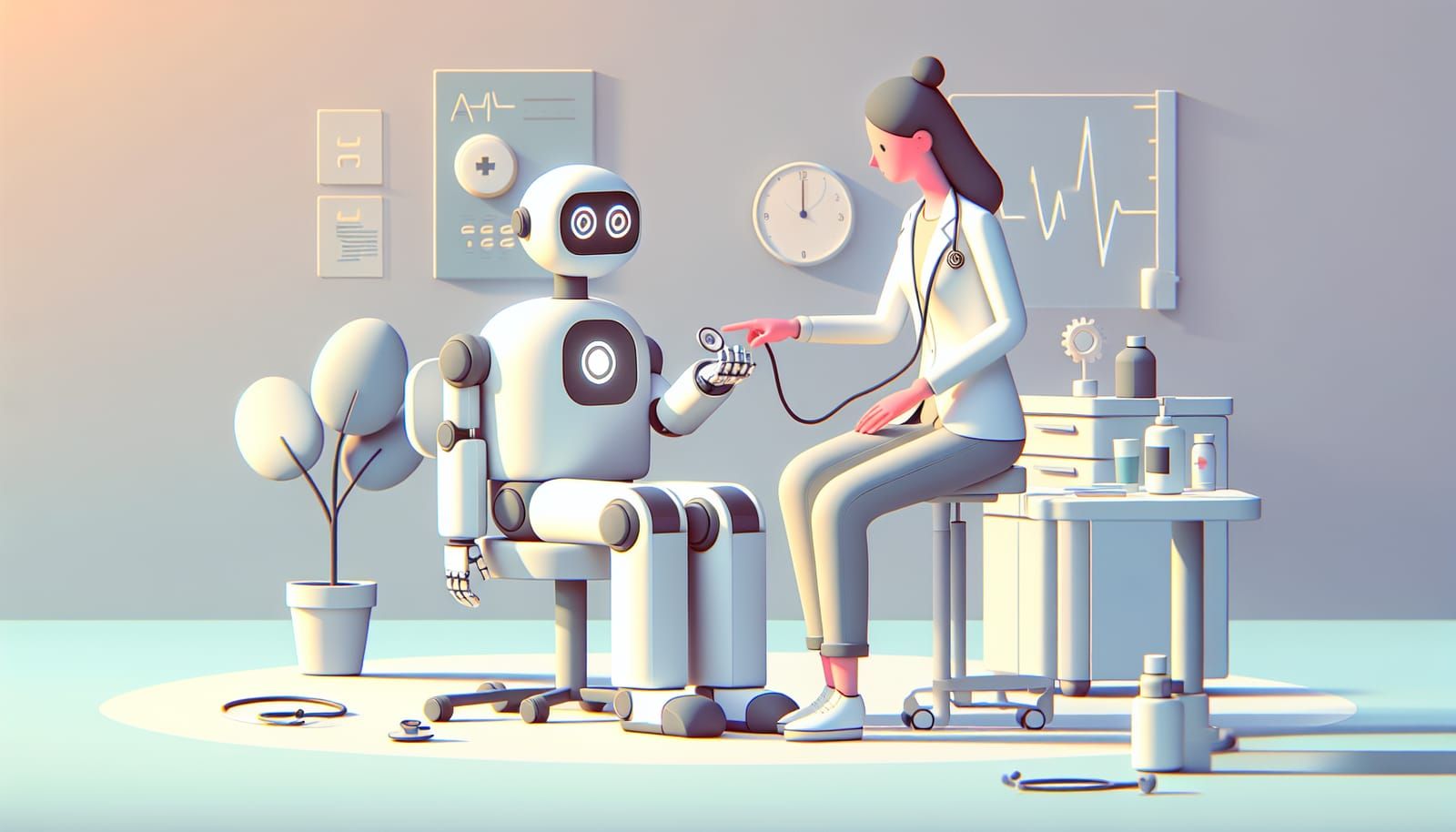Artificial Intelligence (AI) has come a long way since its inception, evolving from simple algorithms to complex systems capable of understanding and responding to human requests. Among the many fascinating concepts in AI, one stands out for its uniqueness and complexity: zero-shot learning. But what exactly is zero-shot learning, and how does it allow AI to perform tasks it has never encountered before? Let’s dive in and explore this intriguing concept!
Understanding Zero-Shot Learning
To grasp the idea of zero-shot learning, let's start with a simple analogy. Imagine you're at a party, and a friend introduces you to a game where you have to guess the name of an animal based only on a few hints. You’ve never heard of the animal before—let's say it’s a "quokka." Your friend describes it as a small marsupial that looks like a happy little teddy bear. Even though you've never seen a quokka, you can make an educated guess about what it might look like based on your knowledge of other animals.
In the AI world, zero-shot learning is somewhat similar. It enables a model to recognize and classify items it has never been explicitly trained on by leveraging the information it has learned about other related items. This means that instead of needing to see thousands of examples of a new category—like "quokkas"—the AI can make educated guesses based on its understanding of related concepts, characteristics, or even language.
For instance, if an AI model has been trained to recognize cats and dogs, it might use this knowledge to identify a new animal, such as a "fox," by understanding the similarities and differences among these creatures. This capability is revolutionary because it makes AI far more flexible and efficient, enabling it to tackle new challenges without extensive retraining.
How Does Zero-Shot Learning Work?
Zero-shot learning usually involves two main components: a feature extractor and a classification mechanism. The feature extractor identifies the underlying features of the data it has been trained on. For example, when it comes to images, the feature extractor might look for shapes, colors, and patterns.
Now, let’s say we want the AI to recognize a new object—like a "quokka." To accomplish this, the AI uses what it already knows about other similar objects, like animals. With the help of a classification mechanism that understands relationships, the AI can analyze the features of a quokka and make an informed guess based on its knowledge of other animals. This understanding often comes from word embeddings or semantic representations that connect different concepts.
In simpler terms, the AI taps into its "mental library" of learned information to make connections and deductions about things it has never seen before. This is how zero-shot learning enables AI to guess and predict with remarkable accuracy, even in unfamiliar territories.
Real-World Applications of Zero-Shot Learning
Zero-shot learning isn't just an academic concept; it has practical applications that touch various fields of our daily lives. Here are a few intriguing examples:
1. Image Recognition
In the realm of image recognition, zero-shot learning allows AI to identify objects in photographs without having seen those specific objects during training. This is particularly useful for tasks like wildlife monitoring or identifying rare species, where obtaining large datasets can be challenging.
2. Natural Language Processing
In natural language processing (NLP), zero-shot learning is used to understand and generate language. AI can translate sentences or summarize texts even in languages it hasn't been explicitly trained on. This is especially beneficial in creating multilingual applications and improving communication across language barriers.
3. Medical Diagnosis
In healthcare, zero-shot learning can assist in diagnosing diseases based on symptoms described in patient records. Even if a particular disease hasn’t been included in the training set, the AI can make connections between symptoms and potential diagnoses based on its understanding of related conditions.
The Future of Zero-Shot Learning
As technology continues to advance, the potential for zero-shot learning is boundless. Researchers are actively exploring ways to enhance this learning method, making AI even more adept at understanding and reacting to new information. Imagine a world where your virtual assistant could help you with tasks and answer questions about topics it has never encountered before!
Moreover, zero-shot learning has implications beyond just AI. It raises important questions about how we, as humans, learn and adapt to new information. Just like AI, humans often rely on prior knowledge to tackle new challenges. This connection between human cognition and machine learning continues to inspire researchers to create more intelligent and intuitive AI systems.
Zero-shot learning is a fascinating and powerful aspect of artificial intelligence, showcasing how machines can think creatively and draw upon their existing knowledge to make predictions about the unknown. From improving image recognition and natural language processing to advancing medical diagnostics, the applications of zero-shot learning are vast and varied.
As we continue to explore the capabilities of AI, it’s essential to recognize the potential it holds for enhancing our lives. Whether it’s through aiding in creative endeavors, breaking down language barriers, or revolutionizing healthcare, zero-shot learning is just one of the many ways AI is making our world a smarter and more connected place. So next time you marvel at the capabilities of AI, remember that in some cases, it’s all about making those wild guesses based on what it knows!
Embrace the future, and let AI continue to inspire and empower us in ways we've only begun to imagine!


